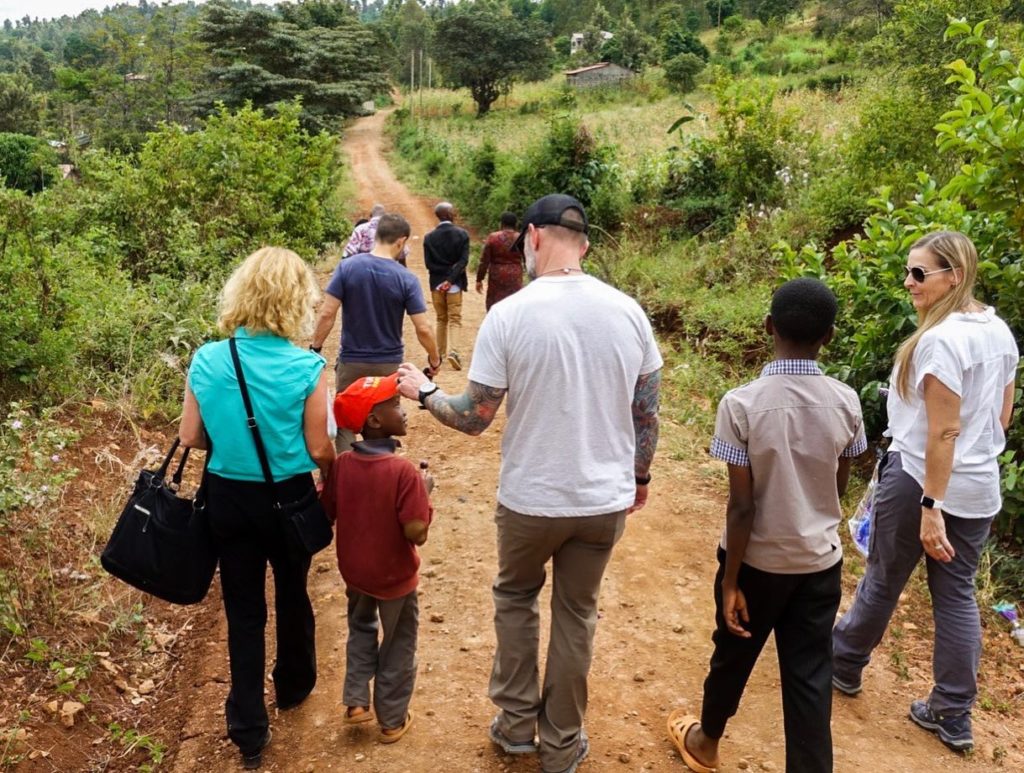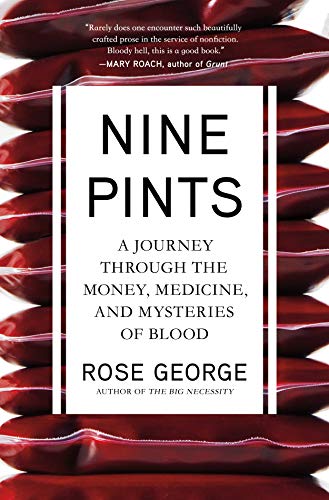“The journey is not easy…”
I’m writing from Arusha, Tanzania and tomorrow I start my hike up Mt. Kilimanjaro, the highest free-standing mountain in the world! This will be my third time. I summited in 2011 and 2016—no easy feat! Why, at age 61, do this again? To raise money for our mission—Save One Life. We’ve asked our community to help support our many programs in developing countries and donations are pouring in! Also, my fellow climbers are members of the community who want to experience a world vastly different from their own first-hand, at ground zero. To experience even for a day or two, the lives of the poor with bleeding disorders in a developing country. It is an experience they will never forget. So much so, that two of our climbers climbed with me in 2016 and have returned. And I thought I was the only crazy one!

I want so much to detail the trip right from the beginning, but there was been zero time to write or journal. A few hasty Facebook posts is all I could manage. After the climb, I will share so much more. But first, the most impactful—and unexpected—part of the trip.
Our in-country program partner, The Jose Memorial Haemophilia Society, established thirteen years ago by Maureen Miruka, mother of a child with hemophilia, took us to visit families in their homes. This idea is what distinguishes us from any other program in bleeding disorders and we not only insist on this, but we love it. But Saturday we did something different and new.
We drove to Gertrude’s Hospital, a stunningly beautiful, colorful and peaceful hospital in Nairobi. With my seven other companions, we attended a Women’s Group at 10 am, and a youth group simultaneously. The six guys took the children and young men into one room, while Wendie Chad and I, along with Maureen and assistant Sarah Mwangi, welcomed the women.
We were stunned as 28 women filtered into the room. And more kept coming over the next few hours. What was to be a 2-hour meeting stretched to over 4 hours as the women poured their hearts out. We sat in a big circle, and after a lovely prayer by Mrs. Mwangi (no relation), we went around the room. The women were a bit tentative to share. Usually all the attention is on the boys. One mother started by saying how her husband abandoned the family because he couldn’t deal with all the hospital stays. Now she has to work, cleaning houses and earning next to nothing.
Another mother optimistically said, “You have to have hope for tomorrow when you find that you are not the only one.” She lost four family members to untreated bleeds. While Kenya now has a steady though small supply of factor from the WFH and us, it is never enough.
One mother shared how her neighbors shunned her; another, how her own family turned on her. One mother was accused of witchcraft (yes, this is still a belief in rural parts of Africa).
More mothers and women kept coming in. A mother in a gray shirt shared how her first child died of a bleed. When her second son showed symptoms of hemophilia, her physician (at a major hospital!) told her son just needed more protein.
You almost didn’t need to know Swahili to know what they were saying: the pained expressions on their faces, the gestures to the elbows, knees, ankles as they spoke. One mother started to share and seconds later broke down in tears and sank back into her chair.
There was a rhythm to the conversation: the mothers started out quiet and shy as they shared. But each shared story empowered them to speak up. But the more they spoke up, the more emotional they became, and so started carrying, then reverted to being quiet. This would then encourage another mother to step up and share, and the rhythm started all over again. It was remarkable!
Maureen at last summarized the themes as the mothers shared: the need for social support; family planning; micro businesses (so the women do not have to be so dependent on men); stigmas of being different; becoming single moms as the husbands left.
The most powerful moment of the day was yet to come. Maureen presented sanitary kits provided by a nonprofit in Michigan called Days for Girls. Their motto: “Turning Periods into Pathways.” The kits were in pretty cloth bags and contained reusable menstrual pads. Some of the women present were not only mothers of children with hemophilia, but experienced heavy bleeding themselves. Physicians almost never diagnose mothers with hemophilia, but if their factor levels are below 50%, they could have mild hemophilia.
There is such a stigma around women and bleeding! We all know it, but we forget. I forget. I listened as woman after woman then shared their bleeding stories, how ashamed they feel, how isolated. It was so sad. They suffer a double blow of having a child with a serious medical issue, and then suffering themselves. Just to have them present and in a safe space where they could share, visibly empowered them! Maureen showed the contents of the kits and passed around many of them. The women checked them out and eventually all the kits found a home. The women were grateful and thrilled.
Maureen told us how women in Kenya in villages do not have access to pads often, and either use rags, or worse: they isolate themselves from their families, and stay in a corner of their thatched roof, mud hut or concrete home, and simply lie down and bleed into the sand for days. This is primitive and degrading.
What’s really amazing is my team, in cooperation with the Jose Memorial Haemophilia Society came up with this great idea and will work in partnership with Days for Girls to provide more kits and education. I am so proud of them!
The day ended with tears, smiles, laughter and of course tea! We hauled out suitcases filled with donated toys to distribute to the children. And before we disbanded for the day, the women all put a date on the calendar for the next support group meeting!
Let’s hope my climb tomorrow is as successful!





